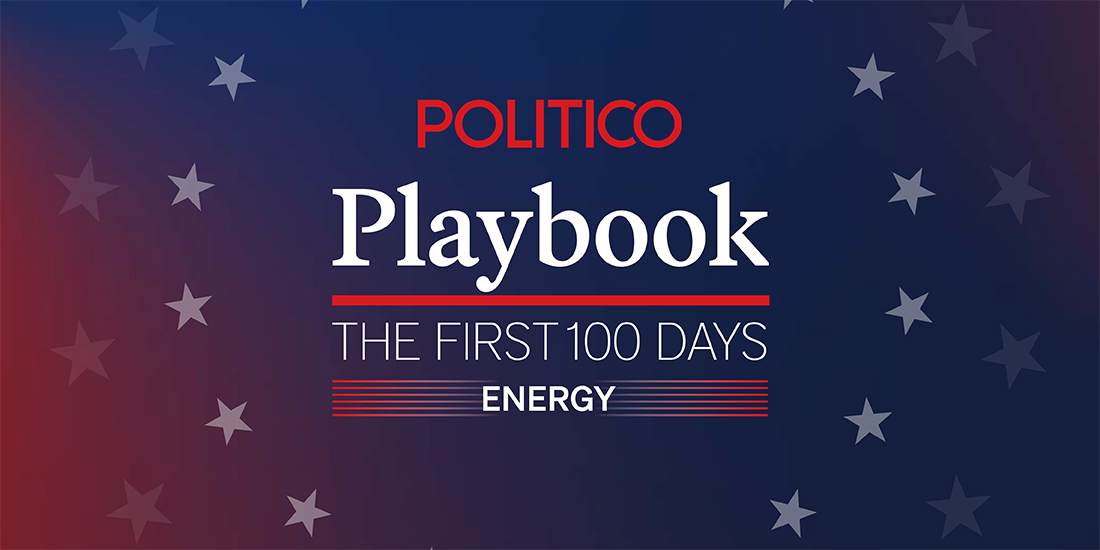
Federal Workers Matter!
Thousands of Internal Revenue Service employees have been indiscriminately and illegally fired.
Sing-along and treats.
Bring a friend, sing a song, share a treat.
12:30 pm - 1:30 pm
IRS Headquarters, 1111 Constitution Ave NW
From the Federal News Network:
The IRS fired thousands of probationary employees on Thursday, following a governmentwide trend that started last week.
An IRS employee told Federal News Network Thursday that the IRS fired about 6,500 probationary employees nationwide on Thursday, and were escorted out of agency facilities.
An IRS manager said Thursday morning that the agency’s Small Business/Self-Employed division at their campus was “getting gutted as we speak,” and that the IRS fired some of its probationary employees on Wednesday.
“It’s absolutely heartbreaking,” the IRS manager said.
According to these sources, IRS employees slated for termination were “deemed as not critical” to the ongoing tax filing season. Managers have been told be be “hands-on-deck” in the office Thursday and Friday to help with the offboarding process.
According to the latest data from the Office of Personnel Management, the IRS had more than 15,000 employees with less than a year on the job, as of May 2024. In some cases, however, IRS employees may have probationary periods that exceed one year.
Doreen Greenwald, national president of the National Treasury Employees Union, called the layoffs “arbitrary and unlawful,” and said NTEU “will keep fighting until every wrongful termination is reversed.”
“Indiscriminate firings of IRS employees around the country are a recipe for economic disaster. In the middle of a tax filing season, when taxpayers expect prompt customer service and smooth processing of their tax returns, the administration has chosen to decimate the whole operation by sending dedicated civil servants to the unemployment lines,” Greenwald said.
NTEU is suing the Trump administration over its mass firing of federal employees, as well as its “pressure campaign on federal workers to quit their jobs” through a deferred resignation offer.
IRS Chief Human Capital Officer Traci DiMartini, in emails to NTEU leadership, said the agency would fire over 6,500 probationary employees on Thursday.
DiMartini wrote that while the personnel actions will be coded as Termination due to Performance as directed by the Office of Personnel Management, the IRS will “indicate the action was taken due to mass terminations directed by the administration.”
“I am committed to working with you to ensure every separated employee is treated with dignity,” DiMartini wrote.
A third IRS employee, who worked in the IRS’ Tax Exempt and Government Entities Division, told Federal News Network on Thursday afternoon she didn’t receive an official termination notice yet, because the agency already locked her out of its systems.
The employee joined the IRS last June, and expects she’ll be fired because she’s still in her probationary period.
“I loved my job. It was one of the best places I ever worked and with the kindest people I ever worked with,” she said. “I looked forward to having a career at the IRS, and continue my public service. Now that is gone and I have to start over,” she said.
The employee said she received another email telling her and her colleagues to bring all equipment and government supplies back to the office on Thursday and Friday. The employee, however, is on leave, after she had a baby late last year.
“I emailed back, saying I was on [paid parental leave], and if this email still applied to me, and they said yes — I need to come into the office,” she said. “I have a two-month-old baby, we just bought a house in November and now I don’t have a job.”
While the employee started her IRS job last summer, she’s been in federal service for four years. The IRS recently sent her an email congratulating her on her service anniversary.
“On behalf of the Internal Revenue Service, I would like to extend my sincerest appreciation to you for the contributions you have made during your 4 years of service with the federal government,” the email states. “We thank you for your enduring loyalty and diligence. The mission of the Service could not be achieved without the dedication and hard work of employees like you.”
The employee said IRS TE/GE receives tens of thousands of applications per year.
“I was hired because they don’t have enough agents to review applications. It takes at least six months for an application to reach an agent. You might not get your tax-exempt determination letter until a year later,” she said.
‘We don’t know how it’s going to happen’
The leaders of the IRS Small Business/Self-Employed Division (SB/SE) said in an email Wednesday they expect about 3,500 SB/SE probationary employees “will be terminated by the end of this week.”
SB/SE Commissioner Lisa Colbert and Deputy Commissioner Maha Williams called on IRS leaders to report to the office for the remainder of the week.
“Even if you don’t have impacted probationary employees, you can help the employees in the safest, most dignified way possible. Our new hires will understandably be experiencing a range of emotions. We must help them as best we can and meet those employees where they are,” they wrote.
The leadership of the IRS Large Business and International (LB&I) Division, in another email, told managers that, “as we prepare to notify probationary employees of their status, we are directing all managers to report to the office tomorrow and Friday to support offboarding activities.”
“You may need to assist employees who are not on your team. We understand that coming in on short notice may be an inconvenience. If you are unable to come in person, please elevate to your manager immediately so we can ensure the appropriate level of in office manager presence,” LB&I Commissioner Holly Paz and Deputy Commissioner Jennifer Best wrote in an email sent Wednesday.
The email includes several attachments, labeled “Separation Checklist,” “Separating Employee Clearance Checklist” and “ProbationaryMgrTalkingPoints.”
Federal News Network has reached out to the IRS for comment.
An IRS official said managers are meeting with their trainees and on-the-job instructors.
Shannon Ellis, president of the National Treasury Employees Union Chapter 66 in Kansas City told members in a video message Tuesday that the IRS is planning to fire probationary employees.
“We don’t know what time. We don’t know how it’s going to happen. We don’t even know if it includes all of our probationary employees,” she said.
Ellis said that at the IRS, probationary periods are either one year or two years from an employee’s start date.
“We don’t know for sure if it is going to impact other than probationary employees. Some agencies have been affected by that,” she said.
Ellis said the IRS building in Kansas City has beefed up security so that once employees have received their termination notice, they will be escorted out of the building.
“They’ll collect your badge and they’ll walk you out. Employees at other agencies have only been given one hour to get the information they need off the system and pack up their belongings and leave the building,” Ellis said. “This is unacceptable and I am furious that this is happening on our campus. We are in the middle of tax season, so yes, we know that the public will be impacted.”
Ellis strongly encouraged bargaining unit members to print out their SF-50 personnel records, records of their enter-on-duty (EOD) — i.e. the first day they started their position — at least three recent pay stubs and “as many” annual appraisals as they can pull.
“Print whatever you have to show,” she said. “If you’re already out of the building when you get this message, come back into the building and pull the information, because you only have one hour, if that, from the time you receive the email. I don’t mean to scare anybody, but we just don’t know who is impacted.”
Ellis is also encouraging bargaining unit members to provide NTEU with personal phone numbers and email addresses to follow up with employees if they are suddenly fired.
“We need your personal contact information because once this email is received, they will remove you from the system. So do not hesitate. Go pull this information today.”
The IRS, however, closed its Kansas City facility on Wednesday because of a snowstorm.
“Please do not go into the building with the weather condition as it is. It is not safe to be on the roads, and it’s just not advised to go into the building,” Ellis said in a follow-up video message on Tuesday.
Ellis told Federal News Network in an email on Wednesday that NTEU Chapter 66 was informed “through undisclosed sources that termination notices were expected to be issued to employees this week.”
However, Ellis said the union on Wednesday hadn’t received official notifications regarding terminations.
“We remain hopeful that, given the demands of tax season, these unnecessary cuts will not impact our already understaffed agency. In preparation for the possibility, NTEU has provided guidance to employees on what documents they should print and retain should they receive such a notice,” Ellis said.
Fork Off Coalition
District of Columbia
02/21/2025 at 12:30PM


